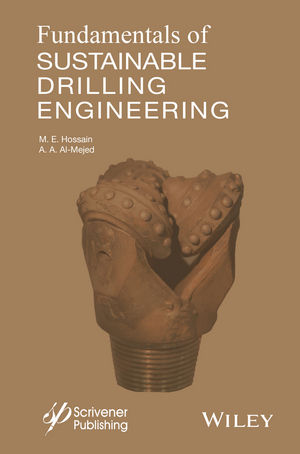New evidence for multiple, water-related geologic processes
on Mars has been reported.
Catherine Weitz, a senior scientist at the Tucson-based
Planetary Science Institute, and her colleagues studied light-toned deposits
(LTDs) within troughs of the Noctis Labyrinthus region in western Valles
Marineris using data gathered by three Mars Reconnaissance Orbiter (MRO)
instruments: the High Resolution Imaging Science Experiment (HiRISE) camera,
the Context Camera (CTX) and the Compact Reconnaissance Imaging Spectrometer
for Mars (CRISM).
Noctis Labyrinthus is a region of Mars that's located
between the volcanic Tharsis upland and Valles Marineris, a huge system of
canyons.
"We analyzed ten troughs containing well-exposed LTDs,
and we found a lot of variability that we didn't expect to see," she says.
"We found that each of the troughs with LTDs has a unique mineralogy, and,
therefore, the processes occurring in each trough were very localized."
Weitz and her team identified various types of clays,
hydrated silicas, and sulfates in these small basins, which typically are 30 kilometers
to 100 kilometers across. One LTD included dozens of beds of varying thickness,
brightness, color and erosional structure, suggesting that significant amounts
of water once existed there. In addition, sulfates were mixed with clays within
the deposits, indicating that pH levels may have fluctuated between acidic and
alkaline conditions.
Another LTD is buried several meters beneath wind-deposited
material, and only is exposed in the trough's upper walls, indicating it is
older than the trough. In still another area, clays are buried beneath younger
plains along the trough floor, while in the same trough, but a few kilometers
away, there are exposures of hydrated silica and calcium sulfate.
The wide variability in deposits and mineralogy in these and
the other basins suggests a complex hydrologic history, including multiple
events in some troughs, Weitz says.
"Clearly, these areas were affected by water," she
adds. "In some cases, there had to be multiple events. But we don't know
how much water was involved, or whether it was always a flowing liquid."
"It might have been ground water coming from Tharsis,
the large volcanic complex to the west," she notes. "There could have
been active volcanism that produced water by melting snow, ice or underground,
hydrothermal processes. These little basins could then have filled or partially
filled with some of that water. Another possibility is that material was
already in several of the troughs, perhaps as volcanic ash or lava flows, and
some kind of hydrothermal activity may have altered these pre-existing
deposits."
Weitz and her colleagues identified light-toned deposits using
the wide-range CTX camera. Then they zeroed in on the areas of interest using
HiRISE visible light images that provide more detail.
Finally, the corresponding CRISM data – in the visible and
near infrared regions – revealed the hydrated minerals within each LTD.
"It's great to have these complementary data
sets," Weitz explains. "Together, the synthesis of these three
datasets provides valuable morphologic and mineralogic information needed to
interpret the geologic setting and origin of the light-toned deposits within
the troughs of Noctis."
The LTDs both pre-date and post-date trough formation, and
occurred between the Noachian (4.6 million to 3.5 million years ago) and
Amazonian (1.8 billion years ago to the present) eras. The sediments in the
LTDs could have formed at the bottom of lakes or pools, but materials also
could have been deposited by the wind or fallen as volcanic ash and then been
altered by water.
Trough Deposits on Mars Point to Complex Hydrologic Past
Looking for a reprint of this article?
From high-res PDFs to custom plaques, order your copy today!





